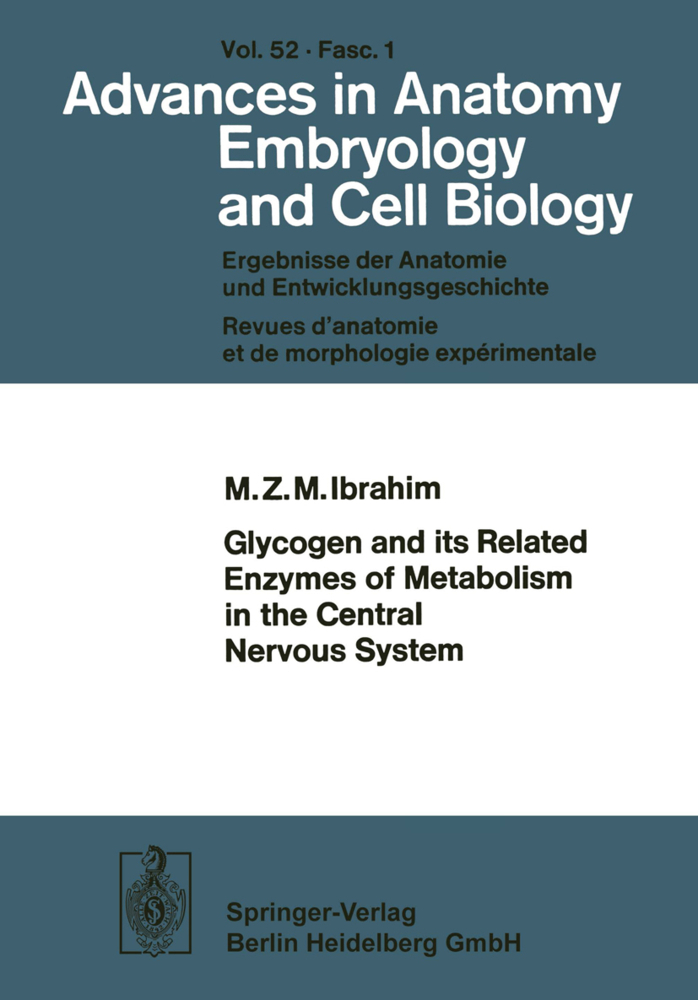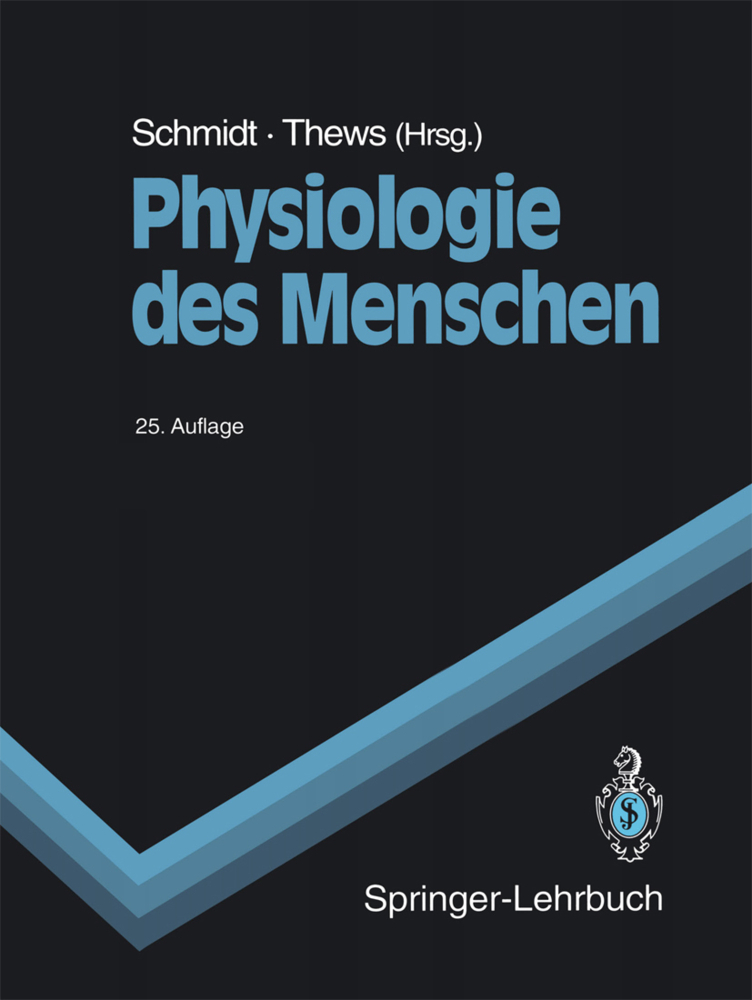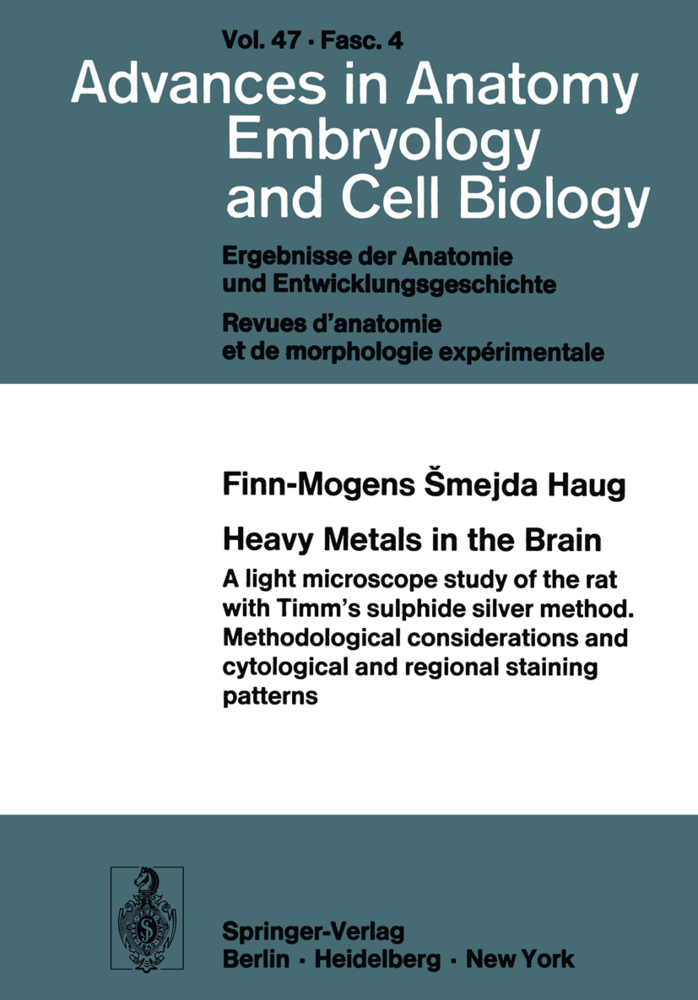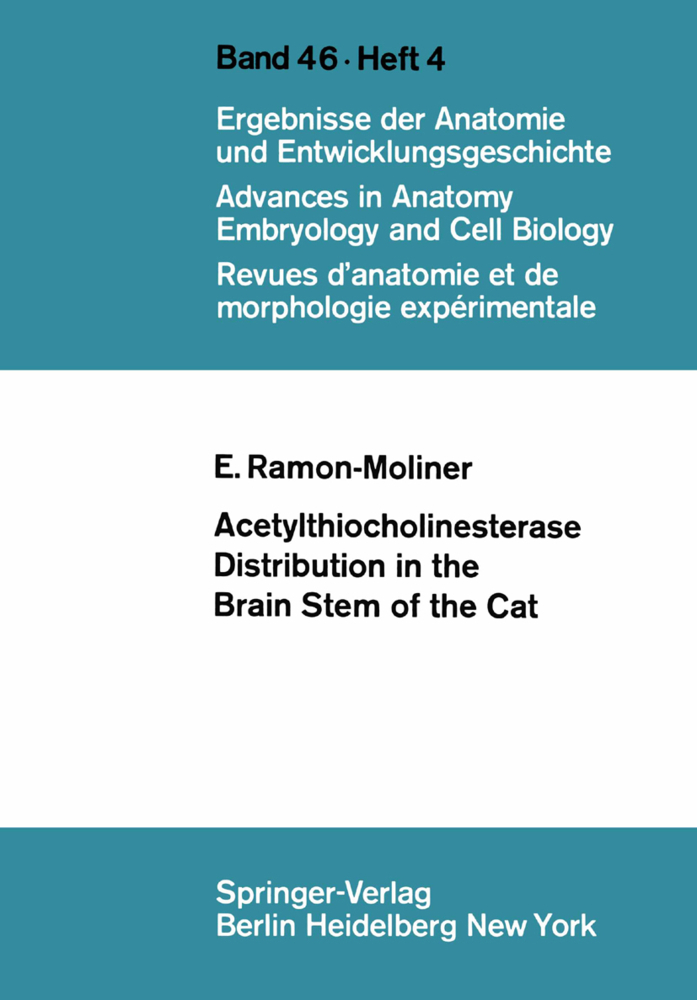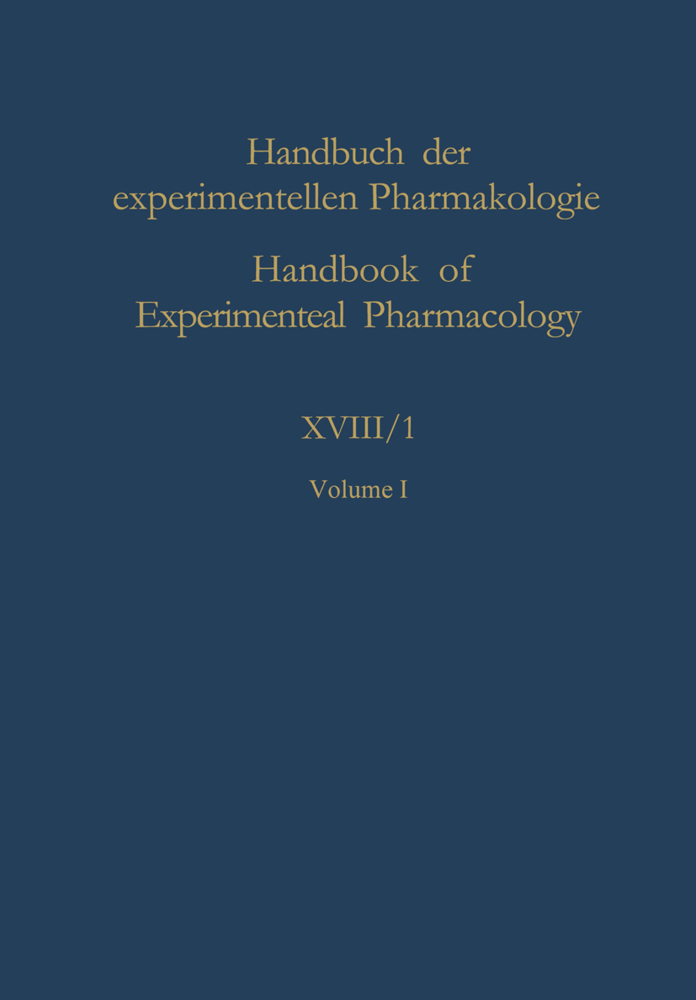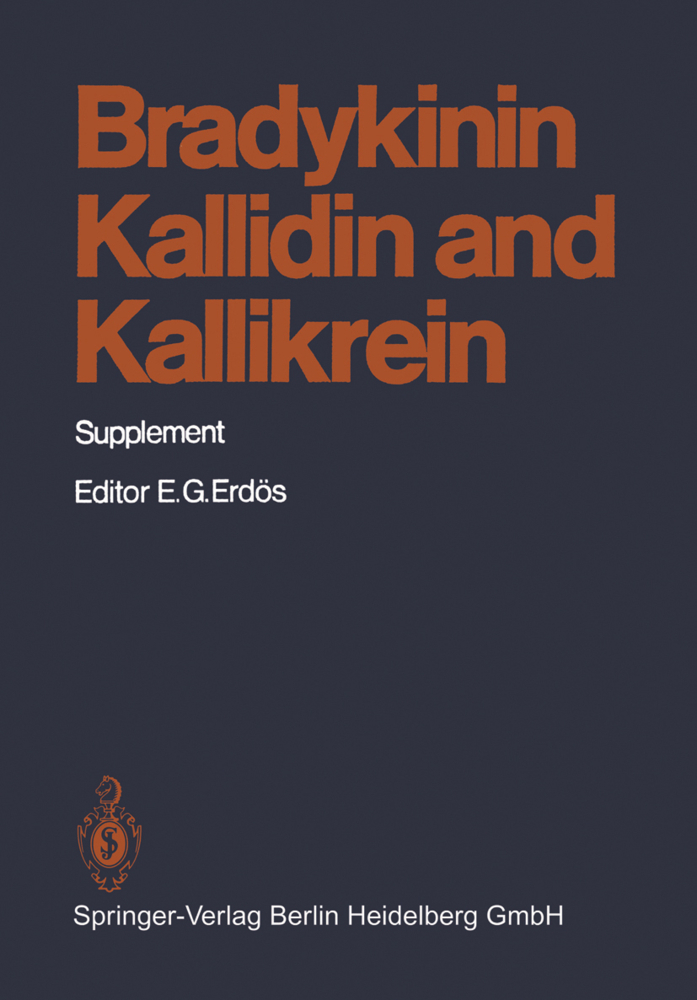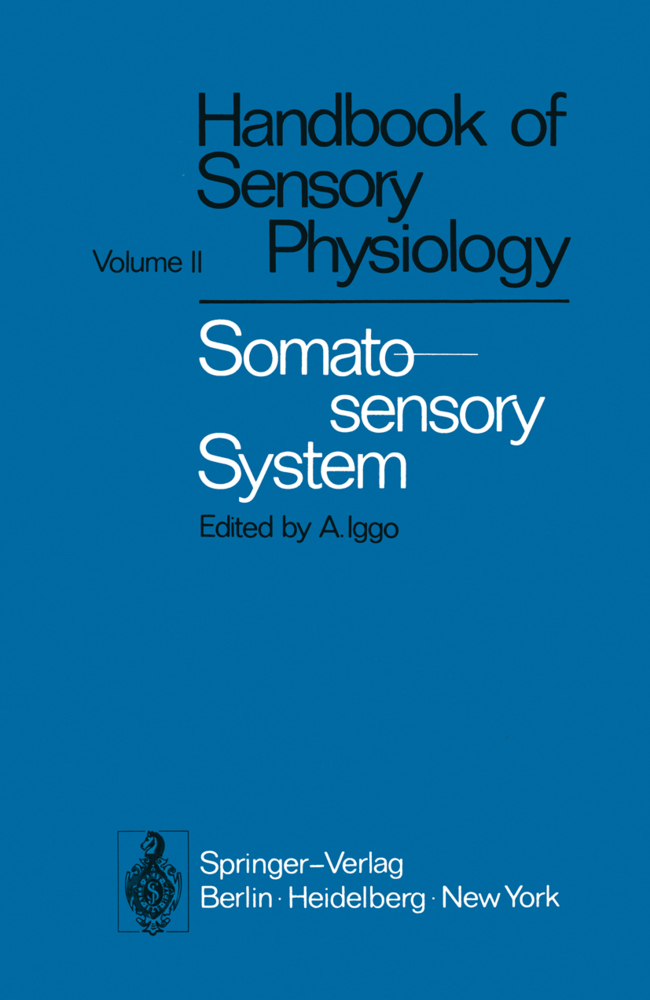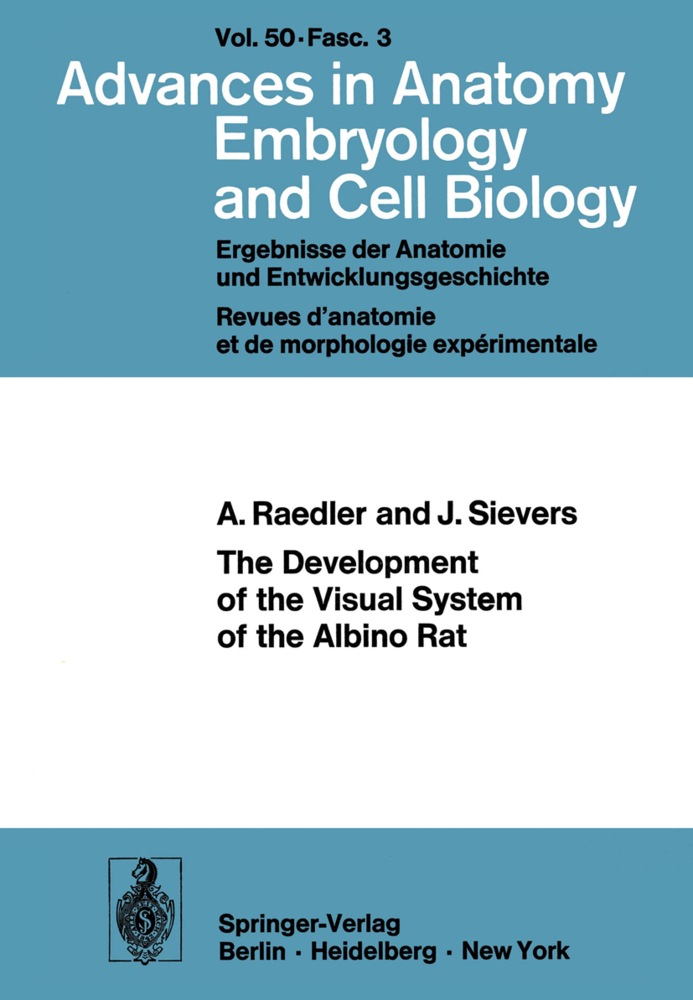Glycogen and its Related Enzymes of Metabolism in the Central Nervous System
Glycogen and its Related Enzymes of Metabolism in the Central Nervous System
The glycogen content of normal mammalian CNS is small when compared with that of some other mammalian tissues such as liver and muscle. Nevertheless, this glycogen content normally comprises at least one quarter of its total reserve of energy, the rest being adenosine triphosphate (ATP), phosphocreatine and glucose. Since this glycogen undergoes a turnover 50-100 times that of brain lipids, and exceeds by several orders of magnitude that of liver glycogen, it most likely plays a dynamic role in the metabolism of brain, Gatfield et al. (1966), Prasannan and Subrahmanyam (1968b), Brunner et al. (1971), Edwards and Rogers (1972) and Watanabe and Passonneau (1973). Glycogen also has an unequal distribution in the normal mammalian brain and spinal cord (Shimizu and Kumamoto, 1952; Shimizu and Okada, 1957; Friede, 1966; Shanthaveerappa et al. , 1966; Ibrahim etal. , 1970a), and it is possible that areas showing more glycogen "are inherently vulnerable and that their extra glycogen is an added protective mechanism" (Ibrahim, 1972). However, this is probably not the only explanation for the unequal distribution of glycogen since it is suggested for instance that neuronal glycogen may be normally impli cated in the process of synaptic transmission (Shanthaveerappa et al. , 1966; Drummond and Bellward, 1970) and that retinal glycogen plays a role in the normal dark-light adaptation sequence (Shimizu and Maeda, 1953). Also, a wide variety of physiological, pathological and experimental conditions leads to a common response in the CNS, namely, accumulation of glycogen.
Ibrahim, M. Z. M.
| ISBN | 978-3-540-07454-0 |
|---|---|
| Article number | 9783540074540 |
| Media type | Book |
| Copyright year | 1975 |
| Publisher | Springer, Berlin |
| Length | I, 89 pages |
| Illustrations | I, 89 p. 49 illus. |
| Language | English |

